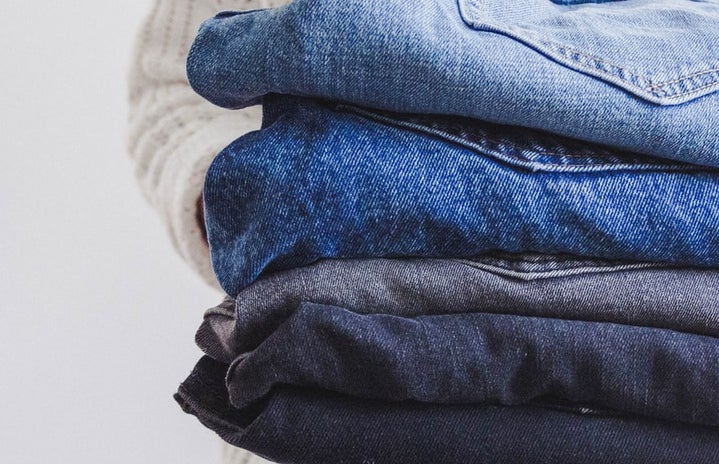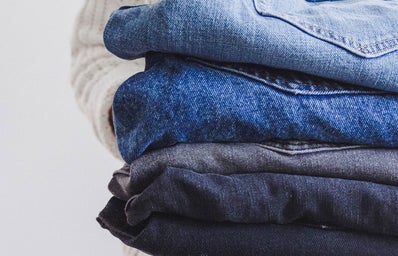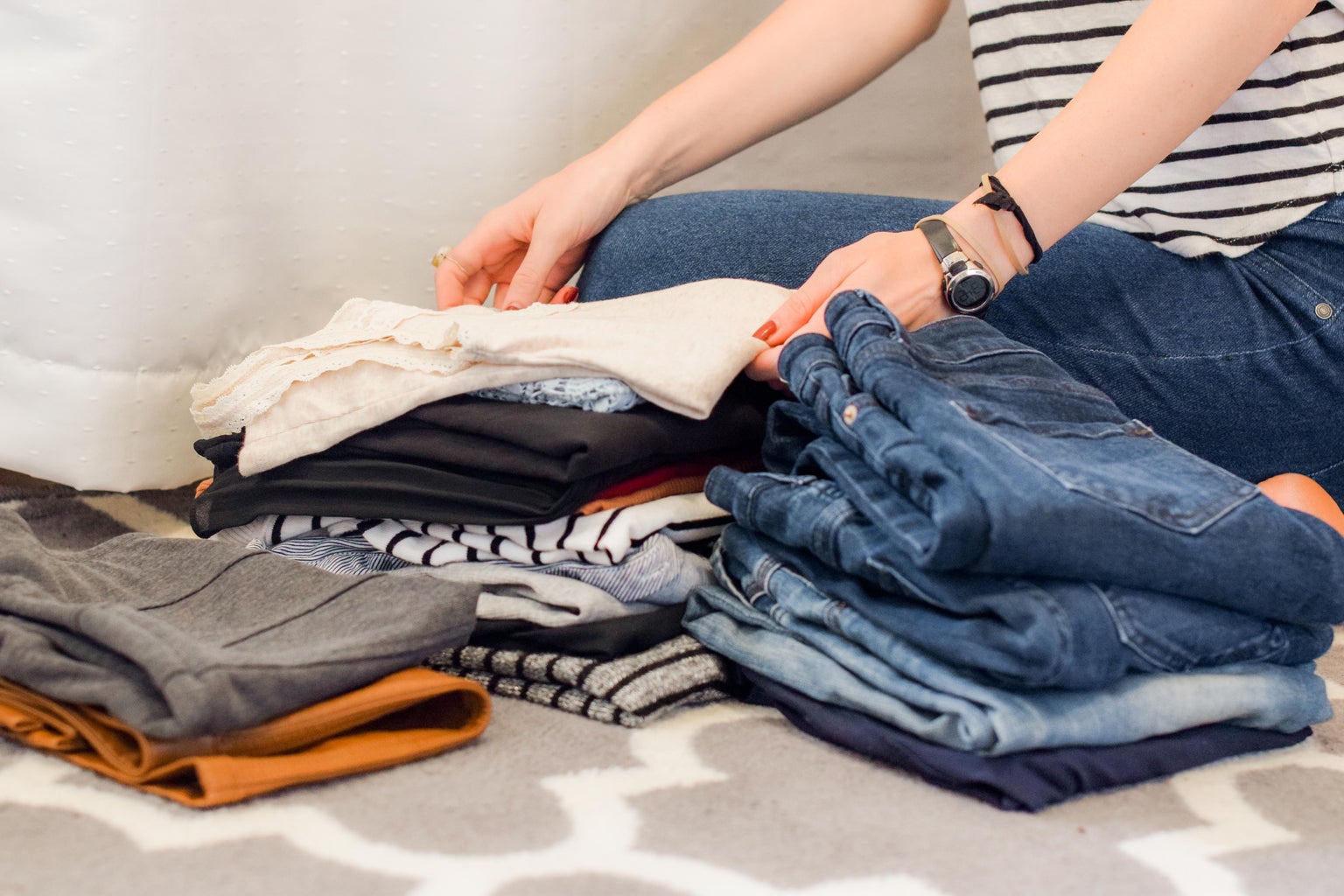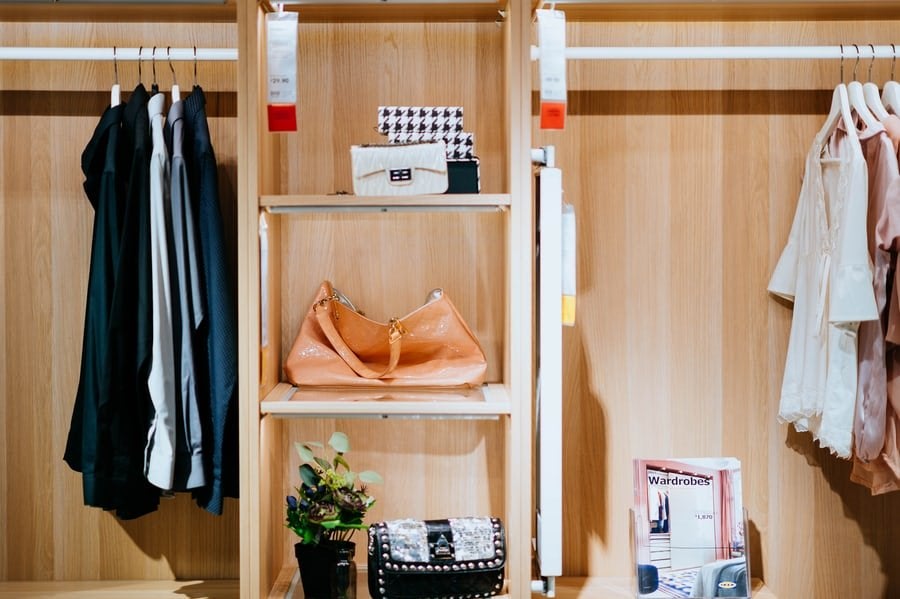I admit it: I’m materialistic.
And if there’s one thing I struggle with, it’s ascribing worth to objects that have none and consequently struggling to let go of them. It doesn’t really matter if it’s legitimately meaningful or completely random — like a hand-knit sweater from my grandmother versus a slip of paper from a fortune cookie. What if I happen to need it someday? Or what if I regret throwing it out? The safest route is always to just “keep it for now.”
However, it can be incredibly mentally taxing when my room is filled to the brim with clutter everywhere, all the time.
I know I’m late to the party, but the Netflix Original “Tidying Up with Marie Kondo” was a game-changer for me. Marie Kondo, a Japanese TV personality, is best known for her role as a professional organizer. Her iconic KonMari Method abides by six key principles:
- (1) Commit to the process.
- (2) Envision your ideal lifestyle.
- (3) Finish discarding first.
- (4) Tidy by category rather than location.
- (5) Organize clothes, books, papers, “komono” (miscellaneous items) and sentimental items in the exact listed order.
- (6) Ask yourself, “Does this spark joy?”
What makes Kondo’s process so unique is its focus on the emotional side of decluttering. If objects were entirely worthless, it wouldn’t be such a struggle. By breaking down the entire home into manageable chunks, you can turn your attention to how each object makes you feel, not just how much space it’s taking up.
Tidying by category rather than going room by room helped me organize my mind. I’m guilty of leaving my personal belongings scattered about in almost every room in the house (and that’s not including all the stuff just lying around in my dorm, either).
Decluttering my clothing was actually the most difficult task for me, even though it’s usually the easiest for most.
My grandmother lived with me in my childhood home before she bought a one-way ticket back to her home country. She was like a second mother to me, and all the clothing she sewed for me over the years has become a constant reminder of her now that she’s not physically present; video calls just aren’t the same as hugs.
Over time, each of these sweaters, dresses and scarves have become symbolic of her love, but I simply don’t have the storage to keep all of them.

I ended up keeping a few of my favorite pieces and setting aside the others. It might seem awkward at first, but it was truly cathartic to thank each item for its service before saying goodbye to it. Somehow I felt closer to my grandmother than ever afterward — her love and hard work is what has made the clothing beautiful.
All this love and hard work were so important to note.
I went into the discarding process intending to get rid of everything without regard to their sentimental value. However, it’s vital to remember that there’s nothing wrong with keeping items, especially if they “bring you joy.”
I held onto my elementary school dance uniforms, a Thanksgiving dress my grandmother sewed for me that hasn’t fit in over a decade and an Aurora Disney princess costume I wore the first time I went trick-or-treating with my family. I store these items in a small box at the top of my closet where they’re easy to access but not excessively bulky.
What I did discard were the clothes that were more harmful than they were useful to me. Over the years, I’d gotten into the nasty habit of keeping clothes that no longer fit (or perhaps never did in the first place) in the hopes that they would fit me one day, and that day never came.
These clothes served as a constant badge of shame, not joy. When I finally set them aside, I felt liberated from my past struggles and ready to adopt a healthier mindset. Besides, it’s a win-win for all parties involved when you upcycle, sell or give away old items.
The following categories were far easier for me to sift through. After all, if I could manage that, everything else was light work in comparison.
I consolidated all of my books, childhood papers, school assignments and artwork into a few binders and file boxes in the same cabinet. I now group them by subject and store them all in the same location so I know where to look when I want to find them. Many of my books went to the local library or family friends for others’ enjoyment. My bedside drawer has become a (semi-organized) collection of chargers and cords — a huge upgrade from its starting point as a junk drawer for anything from candy and spare change to tape measures and desk fans.
I like to make a habit of decluttering and re-organizing my room at the end of each year. Since better understanding myself and my needs thanks to Marie Kondo, I find myself accumulating less and less stuff over time. This is no doubt a win for sustainability and my mental health — KonMari for the win!






